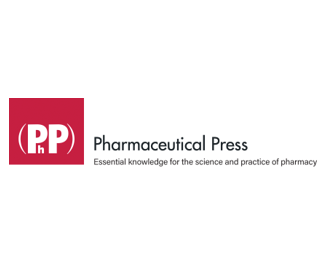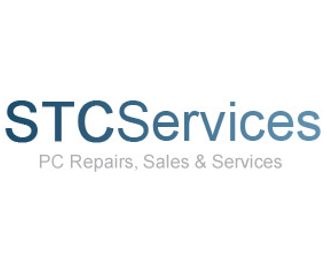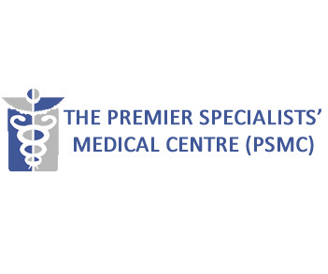CERVICAL SCREENING – Empowering Women’s Health through Prevention
Cervical cancer is a disease in which cancer cells arise in the cervix, which connects the uterus to the vagina. Cervical cancer is among a number of cancers that can be caused by infections with pathogens – bacteria, viruses, and parasites.
Increasing screening and prevention are key components of the effort to eradicate cervical cancer. Since almost all cases of the disease are caused by human papillomavirus (HPV) infection, vaccines that protect against the virus could prevent the vast majority of cases.
Cervical screening is a vital preventive healthcare measure for women. It plays a crucial role in detecting early signs of cervical cancer, a condition that affects millions of women worldwide. By undergoing regular screenings, women can take proactive steps towards maintaining their reproductive health and reducing the risk of cervical cancer. In this write-up, we will discuss the importance of cervical screening, its procedure, and the potential impact it has on women’s well-being.
- Cervical screening aims to identify any abnormal changes in the cells of the cervix that may lead to cervical cancer. By detecting these changes at an early stage, prompt medical intervention can be initiated, reducing the risk of cancer development or allowing for early treatment. Regular screening significantly increases the chances of successful outcomes.
- Cervical screenings often include testing for high-risk strains of HPV, a common sexually transmitted infection associated with cervical cancer. Detecting the presence of HPV can help identify women at higher risk of developing cervical cancer, enabling timely monitoring and preventive interventions.
- The frequency of cervical screenings depends on a woman’s age, country-specific guidelines, and previous screening results. It is typically recommended every three to five years for women aged 21 to 65, although recommendations may vary. Healthcare providers can guide women on the appropriate timing and frequency of screenings based on their individual circumstances.
- Cervical screening is a preventive measure that can save lives. By identifying precancerous changes or early-stage cervical cancer, treatment can begin promptly, improving chances of successful outcomes. Regular screenings are a critical component of preventive healthcare, emphasizing the importance of proactive measures in maintaining women’s reproductive health.
- Undergoing regular cervical screenings can provide women with a sense of reassurance and peace of mind. By actively participating in their reproductive health, women can take control of their well-being and feel empowered in their efforts to prevent cervical cancer. Screening also provides an opportunity for women to discuss any concerns or queries with their healthcare providers.
- Cervical screening promotes education and awareness about cervical health, HPV infections, and risk factors for cervical cancer. It encourages open discussions about sexual health, encourages safe practices, and fosters proactive engagement in preventive healthcare measures. Education initiatives and awareness campaigns play a significant role in empowering women to prioritize their reproductive health.
Visual inspection with acetic acid is a naked-eye examination of the uterine cervix, after the application of 5% acetic acid and interpreting the result after one minute. This is a simple and inexpensive test for the detection of cervical precancerous lesions and early invasive cancer. The results of the VIA test are immediately available and do not require any laboratory support.
Cervical screening is an essential aspect of women’s healthcare. Monitor Healthcare Ltd acting as a cornerstone for prevention and early detection of cervical cancer, we embrace regular screenings, women can take control of their reproductive health, detect abnormalities in their cervix early on, and significantly reduce the risks associated with cervical cancer. By prioritizing cervical screenings and staying informed about cervical health, women can safeguard their well-being, enjoy peace of mind, and proactively contribute to their long-term health and quality of life.

Our Partners


































